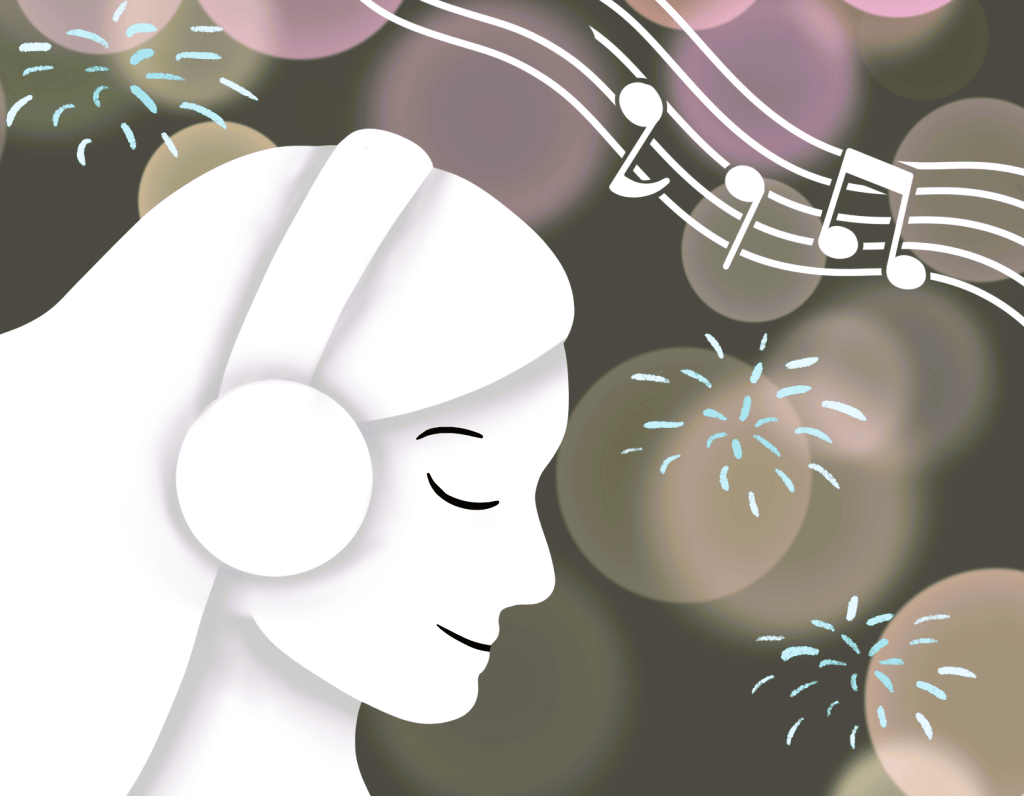
In today’s digital age, where music streaming platforms offer an endless library of songs at our fingertips, the role of the curator has become more important than ever. Music curation is the process of selecting and organizing songs into playlists that evoke specific moods, themes, or emotions. Whether you’re creating a playlist for a party, a workout, or simply to unwind after a long day, mastering the art of music curation can enhance your listening experience and deepen your connection to the music. In this article, we’ll explore the elements of effective music curation and share tips for crafting the perfect playlist.
Understanding Your Audience
The first step in music curation is understanding your audience. Consider who will be listening to your playlist and what mood or atmosphere you want to create. Are you curating a playlist for a romantic dinner, a road trip with friends, or a high-energy workout session? Tailoring your playlist to the preferences and interests of your audience will ensure that it resonates with them on a deeper level.
Creating a Theme or Concept
Once you’ve identified your audience, it’s time to brainstorm a theme or concept for your playlist. A theme can be anything from a specific genre or era of music to a particular mood or emotion. For example, you could create a playlist of upbeat pop songs for a summer party or a collection of soothing instrumental tracks for relaxation. Having a clear theme or concept will guide your song selection process and give your playlist a cohesive feel.
Curating Diverse Tracks
While it’s important to stick to your theme, don’t be afraid to incorporate a diverse range of tracks into your playlist. Mixing different genres, artists, and tempos can add depth and variety to your playlist, keeping listeners engaged from start to finish. Experiment with juxtaposing contrasting songs to create dynamic transitions and unexpected moments that capture the listener’s attention.
Sequencing and Flow
The order in which you arrange your songs can greatly impact the listening experience. Pay attention to the flow of your playlist, considering factors such as tempo, energy level, and mood progression. Start with an attention-grabbing opening track that sets the tone for the rest of the playlist, then gradually build momentum with a mix of upbeat and slower-paced songs. Aim for a natural ebb and flow that keeps listeners engaged and immersed in the music.
Adding Personal Touches

Adding personal touches to your playlist can make it feel more authentic and meaningful. Consider incorporating songs that hold personal significance or evoke memories and emotions. Share anecdotes or stories about why certain songs made the cut, providing context and depth to your playlist. Additionally, consider creating custom artwork or adding descriptive titles and caption to enhance the visual appeal of your playlist. Navigating the world of online music streaming platforms, learn more here.
Updating and Refining
The beauty of music curation is that it’s an ongoing process. Don’t be afraid to revisit and refine your playlist over time, adding new tracks, removing ones that no longer fit, and adjusting the sequencing as needed. Pay attention to listener feedback and track engagement metrics to gauge the effectiveness of your playlist and make informed decisions about future updates.
Conclusion
In conclusion, music curation is both an art and a science, requiring creativity, intuition, and attention to detail. By understanding your audience, creating a compelling theme, curating diverse tracks, sequencing with care, adding personal touches, and continuously refining your playlist, you can craft the perfect musical experience for yourself and others. Whether you’re a casual listener or a seasoned curator, the joy of discovering and sharing music is universal.
For more information on music standards and best practices, you can refer to the following sources:
- Wikipedia: Music Curation


